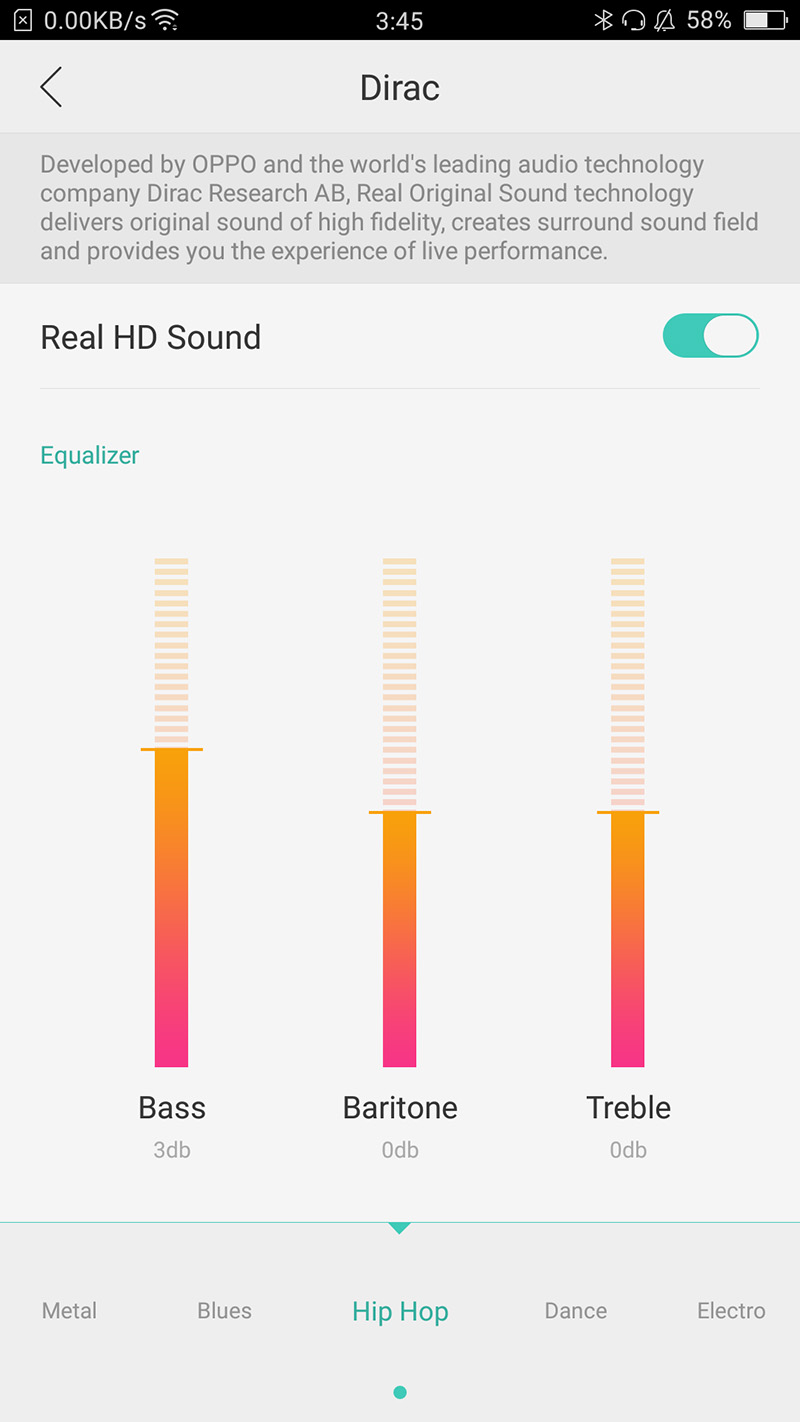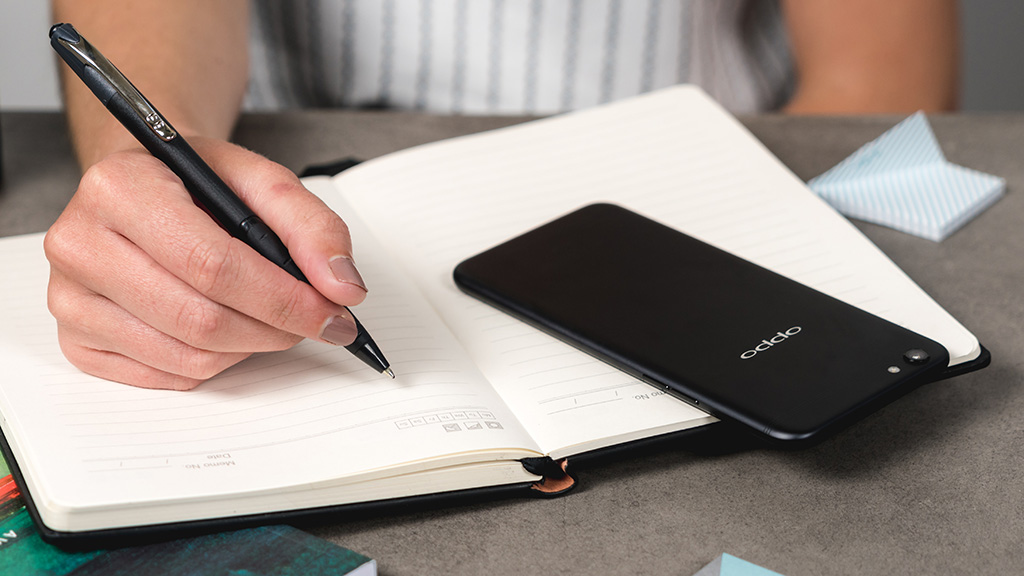Why you can trust TechRadar
Camera
Rather impressively, the Oppo R9s has 16MP rear and front-facing cameras. The primary camera features a customised 1/2.8 inch Sony-developed IMX398 sensor with an extra-wide F1.7 aperture for improved low-light photography, created exclusively for the R9s.
In our experience, it performed admirably in daylight, if a little sluggish at times. On some occasions, onscreen presses of the shutter button would fail to register, resulting in some missed posing pet moments.
In low light situations, shots of perfectly still objects worked quite well, accurately capturing images with very little noise present. Any movement at all will almost guarantee a blurry shot, though.


Video capture works well, though we’d recommend only shooting at 1080p or below. Though the phone is said to capture 4K at 30fps, our test footage at this resolution was extremely choppy, especially during movement or panning shots. I’d be surprised if this footage was above 15fps.
That said, as a day-to-day camera, the Oppo R9s’ primary sensor is capable of some terrific still photography. This is largely due to the camera’s dual PDAF (phase detection autofocus) technology, which allows the phone to snap into focus fairly quickly.
On the other side of the phone, you have a 16MP camera that provides an exceptional selfie experience. Its 1/3 inch sensor sports a F2.0 aperture for surprisingly good low light shots. Combine this with Oppo’s extremely flattering Beautify 4.0 software, which now gives you control over the rosy pallor of your face, and you have one of the more impressive selfie cameras of any handset currently on the market.

Music
For a mid-range handset, it’s nice to see that the Oppo R9s offers Dirac HD sound and a number of genre-specific equaliser presets. Admittedly, I didn’t notice a huge amount of difference between the presets for Metal, Hip-Hop and Jazz, for instance, though that could be because the device’s general audio level was a little lower than I’m used to.
Listen to music at full volume in a quiet area, and you’ll find that the R9s offers a rather pleasing audio experience. Outside in the real world though, with cars and pedestrians and the usual sounds that come from riding on public transport, you may find its audio to be a tad weak.
Three sliders are available to create a custom sound profile for yourself, allowing you to adjust bass, baritone and treble levels, but if you like to listen to your music loud and with deep bass, these sliders won’t really help with that.

Current page: Camera and music
Prev Page Screen and interface Next Page Performance, battery and verdict
Stephen primarily covers phones and entertainment for TechRadar's Australian team, and has written professionally across the categories of tech, film, television and gaming in both print and online for over a decade. He's obsessed with smartphones, televisions, consoles and gaming PCs, and has a deep-seated desire to consume all forms of media at the highest quality possible.
He's also likely to talk a person’s ear off at the mere mention of Android, cats, retro sneaker releases, travelling and physical media, such as vinyl and boutique Blu-ray releases. Right now, he's most excited about QD-OLED technology, The Batman and Hellblade 2: Senua's Saga.
